Interpretive Planning
All of my projects are experience-focused—grounded in my career start in interpretive planning. Interpretive planning and content development for museums, zoos and interpretive centres immersed me in content-first design and interdisciplinary collaboration.
I love the world of interpretive planning—especially working with people who are deeply invested in the stories they have to share with the public, which makes them engaged partners and hard-driving task masters with high expectations for the final product. I owe my own high standards to my work with and for these devoted professionals. I know that sober second thought and a fine-toothed comb make for a better final product that we can all be proud of.
Skills
- Working within budget, space, political and conceptual constraints to come up with creative communications solutions.
- Conducting workshops, interviews and in-depth research to uncover stories and experiences for new and renewed institutions.
- Managing multiple team members with varying skillsets to complete complex interpretive planning projects.
- Interpreting difficult and sometimes abstract topics in engagingly written, easy-to-understand text.
- Contributing to projects that require a functional knowledge of design, from colour relationships to architecture.
- Gathering complex and even competing requirements and information and creating a cohesive set of recommendations from them.
Projects
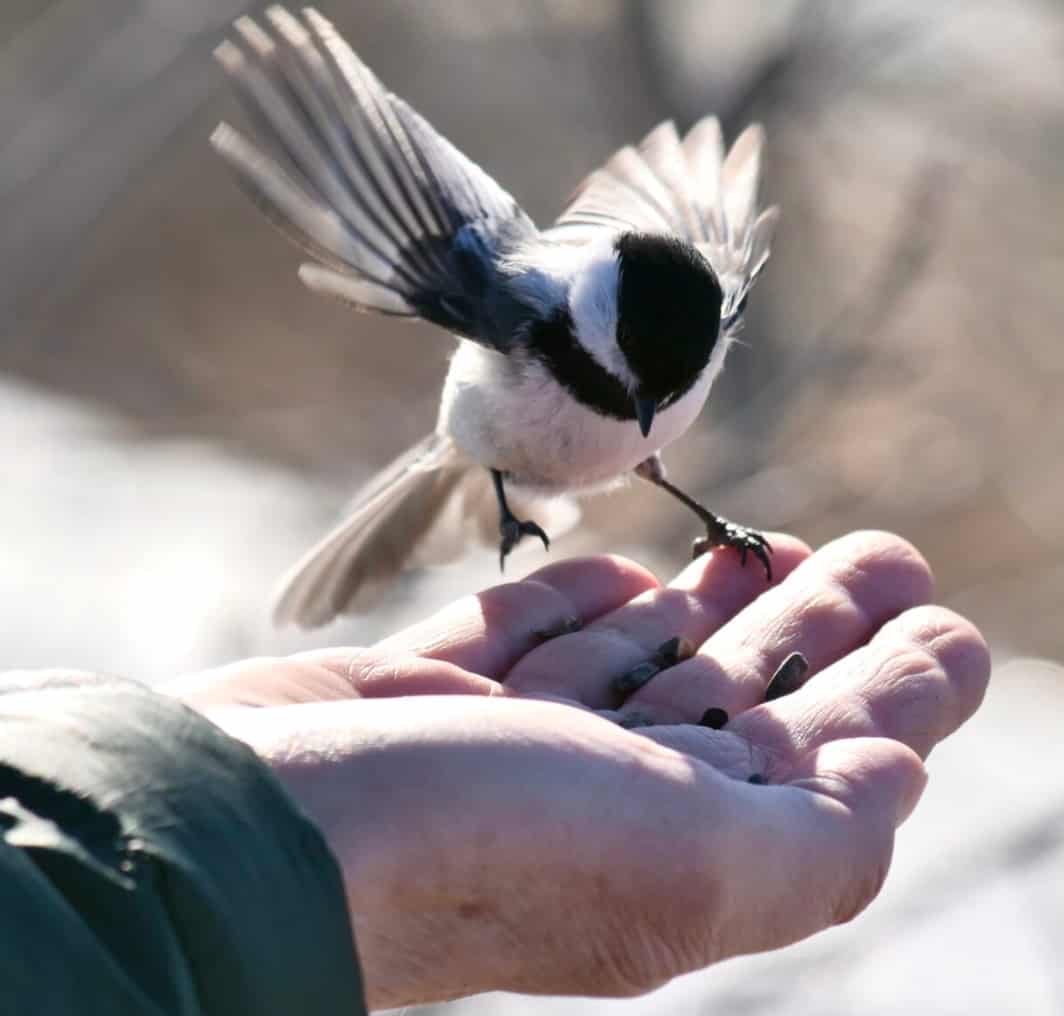

Meewasin Trail Signage
WebsiteI love any opportunity to work with Meewasin – they are my dream client, with the important work they do in conservation and education in the river valley I call home. I wrote content for 13 panels throughout the Meewasin Valley. You can see them along the trail in Kinsmen Park, and there will be more installed on the southwest and northend (River Heights) portions of the trail. Additional content was also developed for the Meewasin App as part of this project.
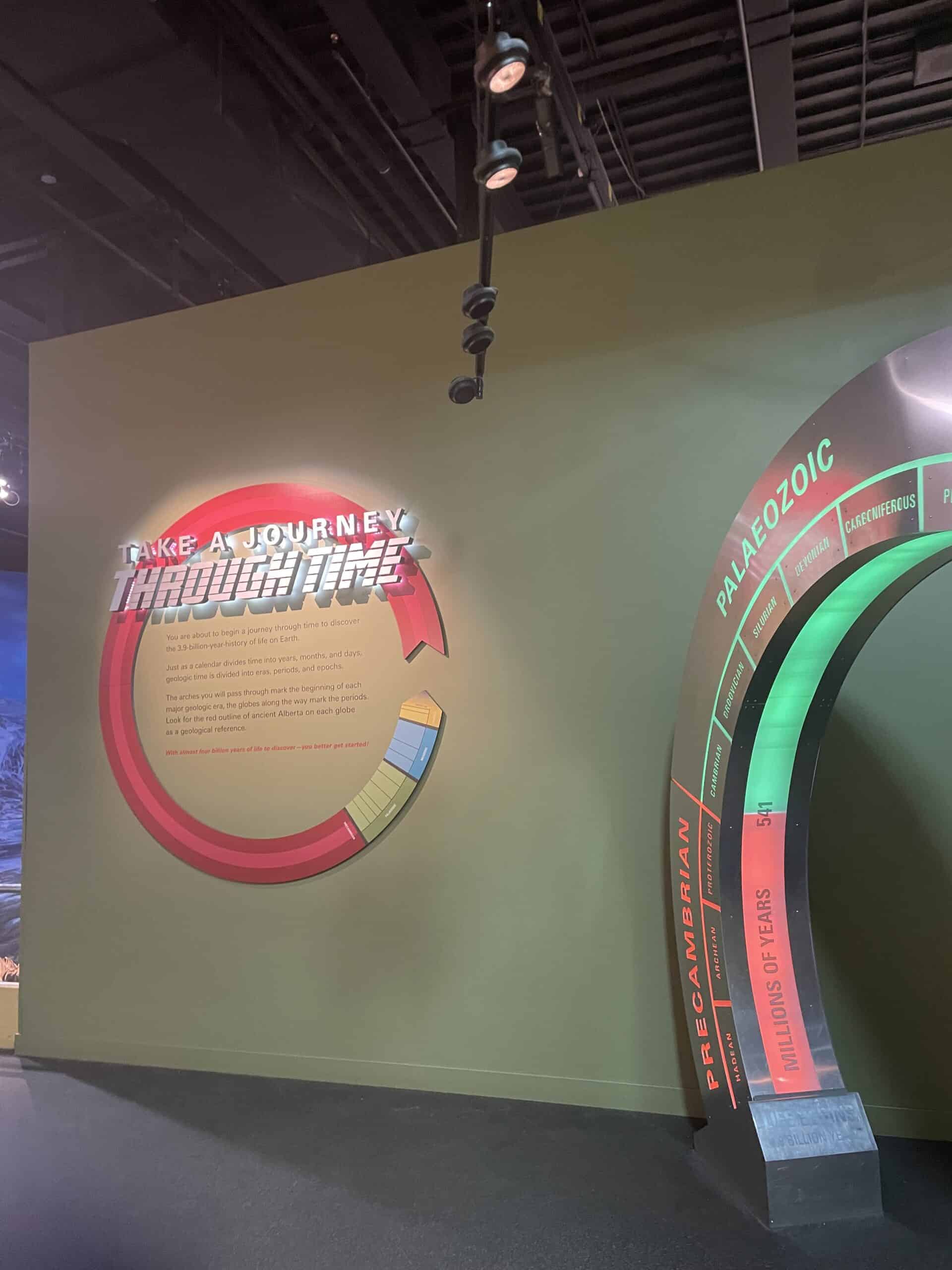

Royal Tyrrell Museum of Palaeontology – First Life Exhibit
The Royal Tyrrell Museum’s First Life (Precambrian) exhibit was removed 20 years ago, leaving the Burgess Shale exhibit as the first stop in their timeline exploring life on Earth. I was brought on as an interpretive planner to complete their in-house design team and create an interpretive approach and stakeholder feedback sessions for the new design. My role on the project has wrapped up, and design and fabrication are underway for an opening date of May 2024.
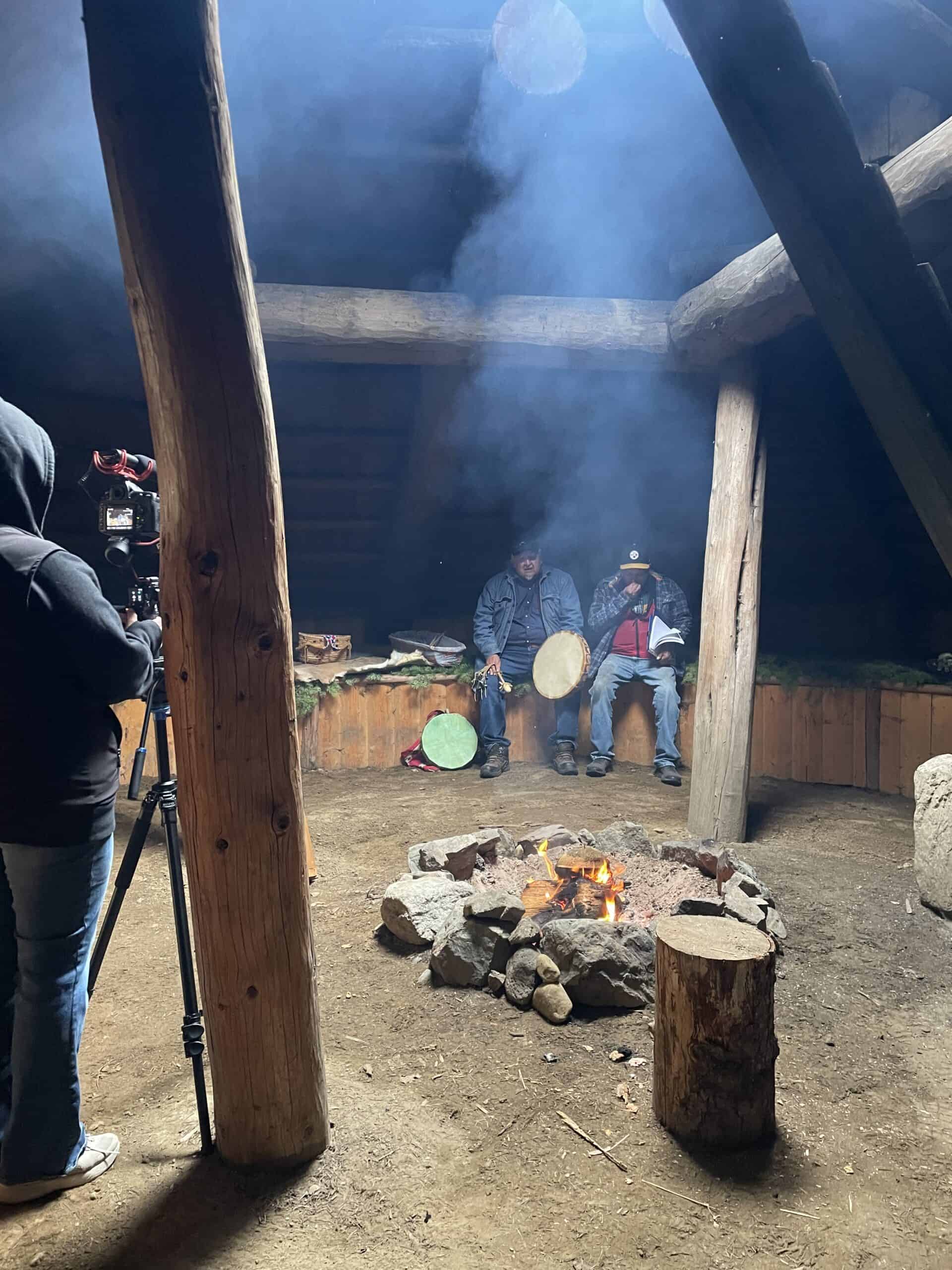

Tuckkwiowhum Heritage Village Interpretive Plan
WebsiteBoston Bar First Nation wanted to upgrade their heritage village with interpretive signage and other additions. The interpretive plan developed in collaboration with Double Dare Design was a flexible, multi-media approach to provide the Nation with image and video assets while also creating interpretive signage for Tuckkwiowhum Village. Future development is underway.
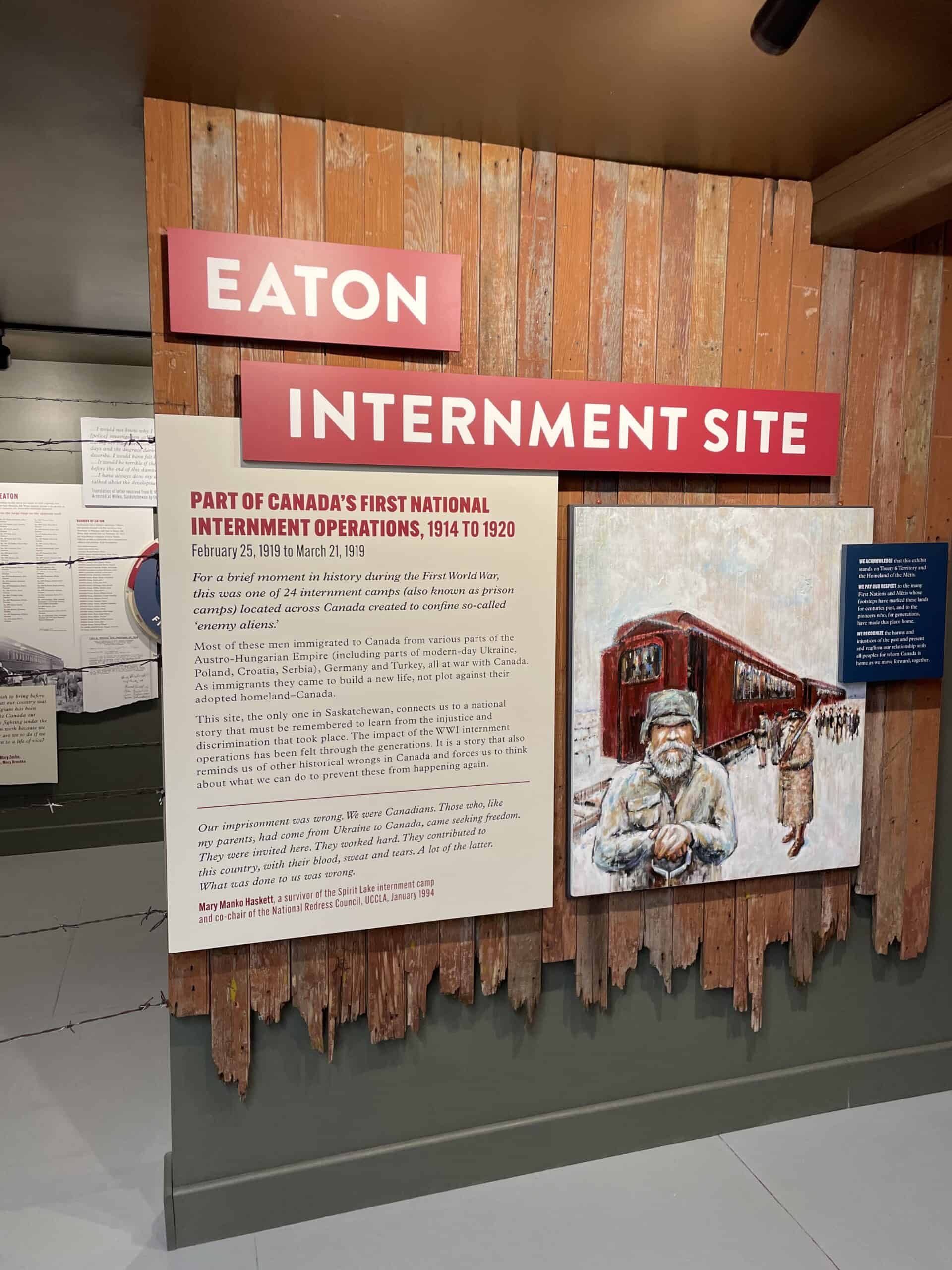

Eaton Internment Site Exhibit
In partnership with the Ukrainian Canadian Congress of Saskatchewan and the Canadian First World War Internment Recognition Fund, Tall Order and Double Dare Design collaborated to create an exhibit commemorating Saskatchewan’s only internment site, now located at the Saskatchewan Railway Museum.
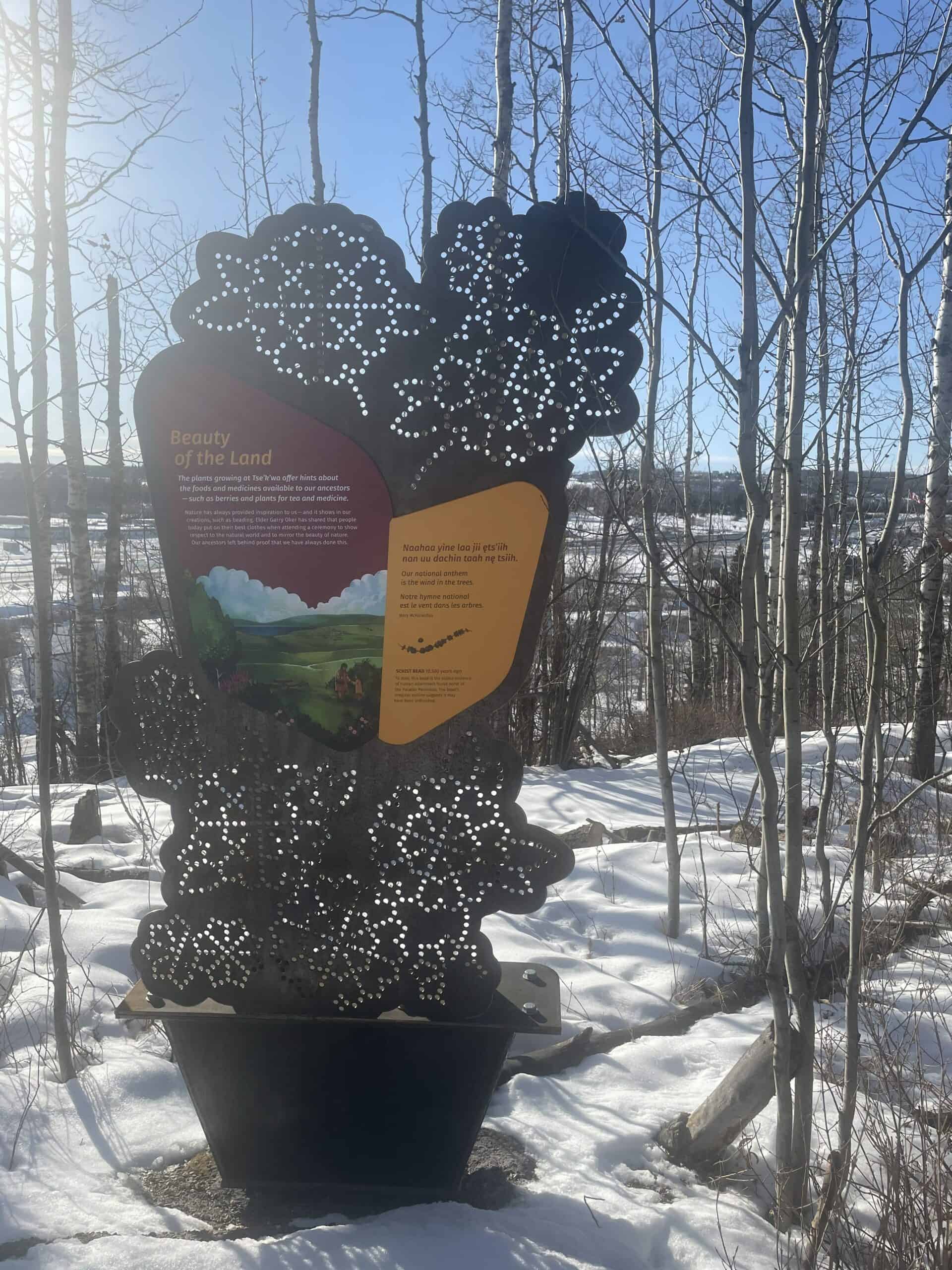

Tse’k’wa National Historic Site
WebsiteTse’k’wa is a cave near modern day Fort St. John, a 10,500 year old habitation site of the Dane-zaa. In partnership with Double Dare Design, we developed an intepretive plan for the site and installed interpretive signage as part of the first step to implementing the plan. More to come!
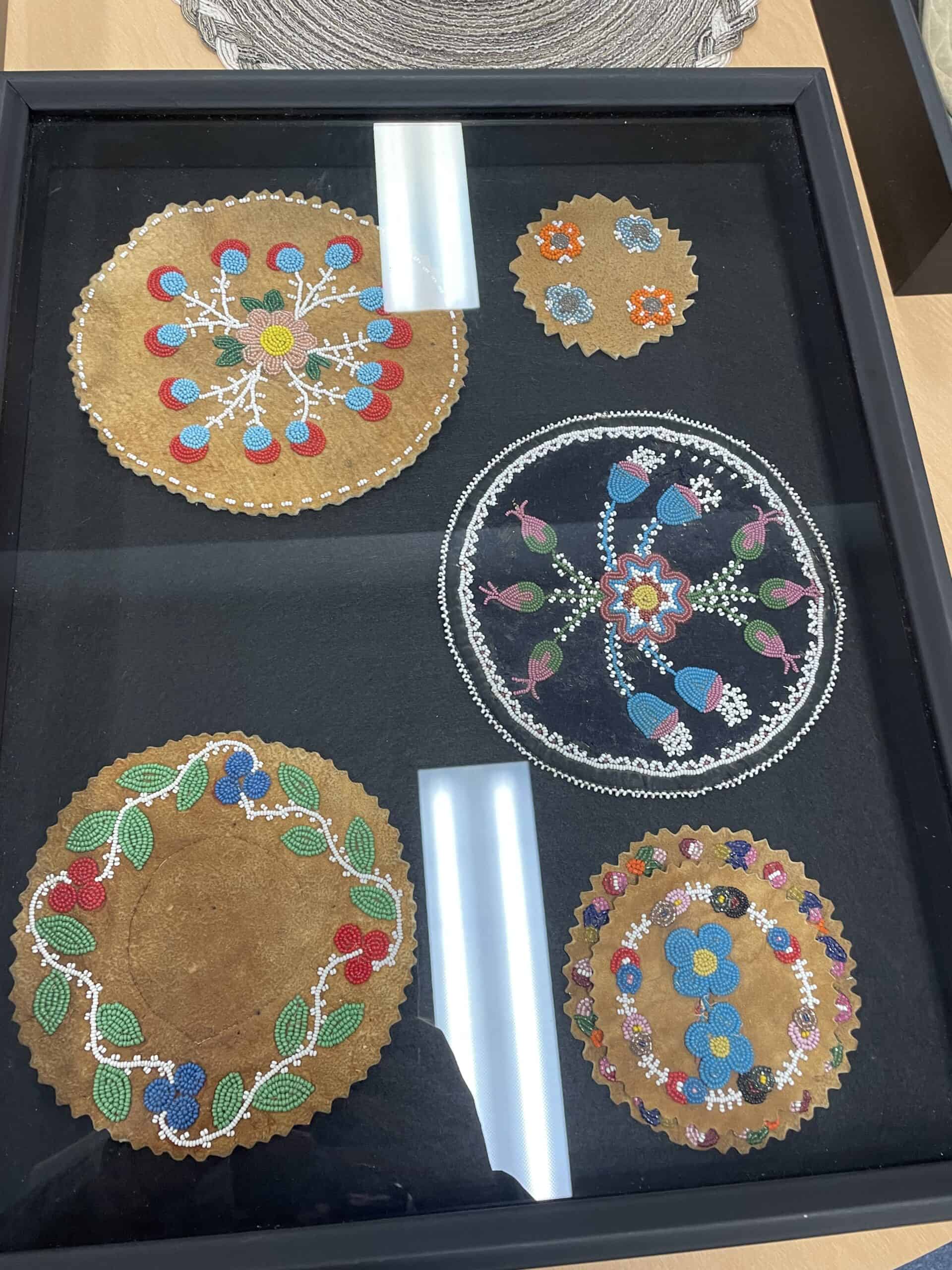

Cumberland House Interpretive Plan
Cumberland House is the ‘oldest permanent settlement’ in western Canada, celebrating its 250th anniversary in 2024 (but of course Indigenous peoples have been in the region since time immemorial). The area is historically and ecologically rich and under serious threat. Our interpretive plan, assembled by Tall Order, HTFC and Double Dare Design recommended a multi-dimensional approach to telling their story, from an interpretive centre, to walking, driving and boat tours, and a traveling exhibit to spread the story of Cumberland House and its resilient inhabitants to upstream communities that impact the Saskatchewan River Delta.


WDM Moose Jaw – Snowbirds Exhibit Concept
WebsiteThe Western Development Museum is ready to upgrade their popular RAF Snowbirds Exhibit. In collaboration with AldrichPears Associates, we developed a project charter, interpretive plan and budget to inform WDM’s capital fundraising process. More to come when the funds have been raised!
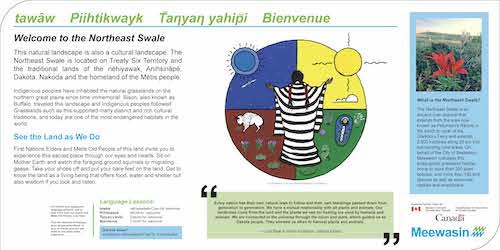

Indigenous Connections to the North-east Swale
WebsiteA complex multi-media project that involved working with Indigenous Elders, selecting a site for the experience, developing an approach to the project, writing five interpretive panels and web pages, and co-ordinating with film producers and Indigenous Cultural groups. In partnership with HTFC, Saskatchewan Indigenous Cultural Centre, and Karma Film.
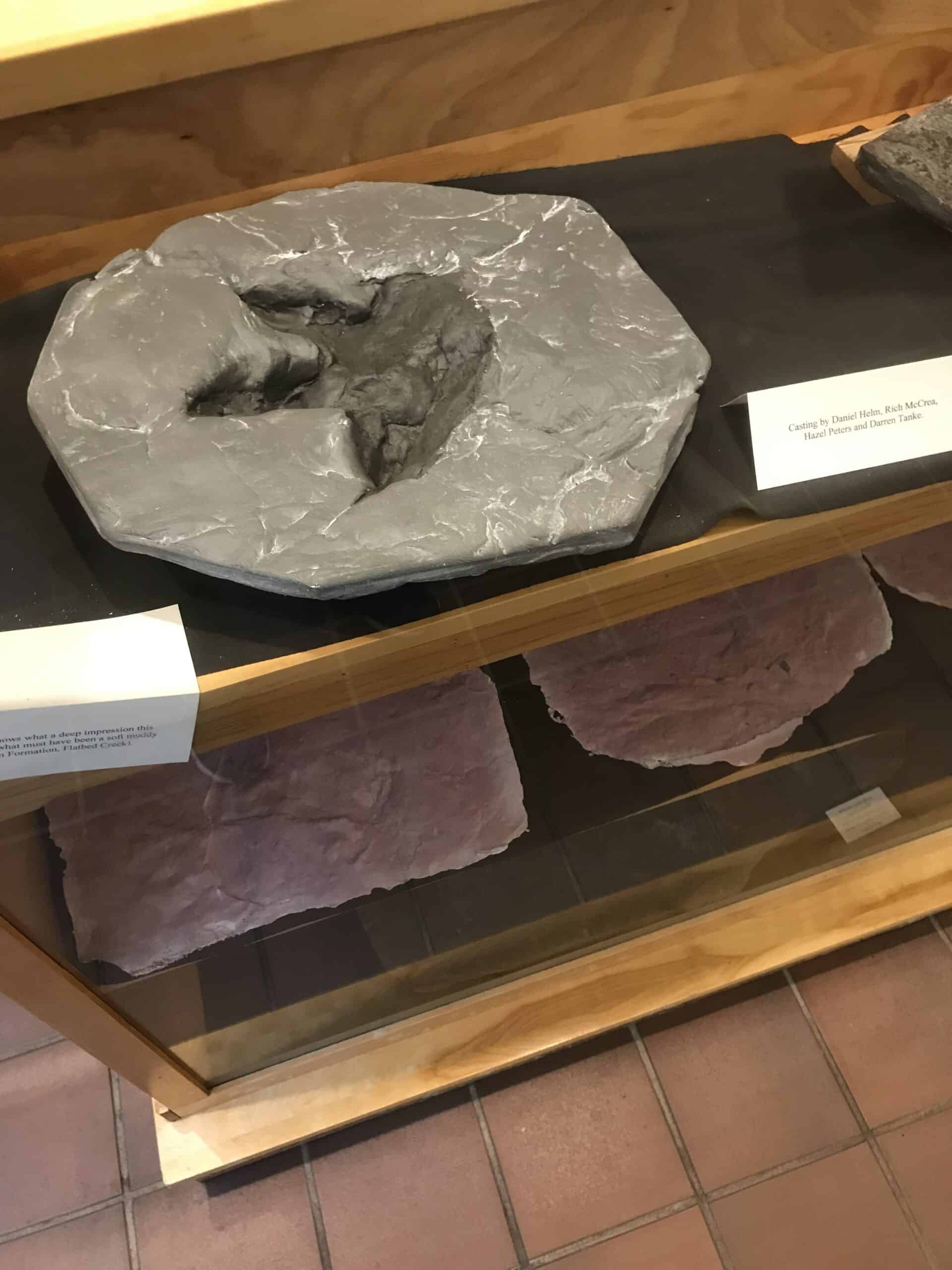

Tumber Ridge UNESCO Global Geopark
WebsiteCreated an interpretive plan and contributed to the design of a traveling exhibit to promote the geopark and provide education on its unique geology and palaeontology to nearby communities.
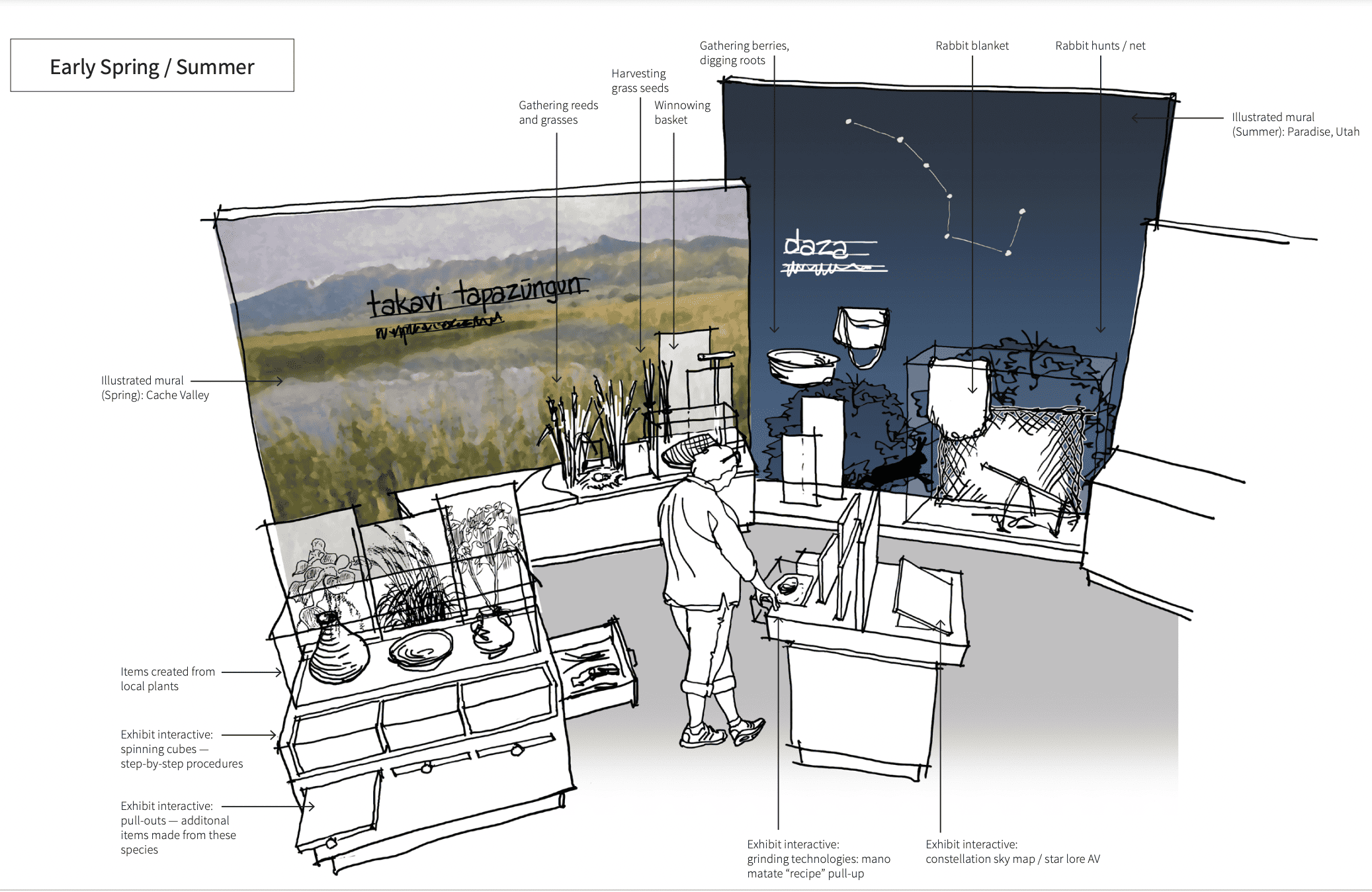

Northwest Band of the Shoshone Nation Cultural Interpretive Center
Provided interpretive planning and design development for a new cultural center planned for the traditional wintering grounds of the Northwest Shoshone Nation, and the site of the Bear River Massacre.
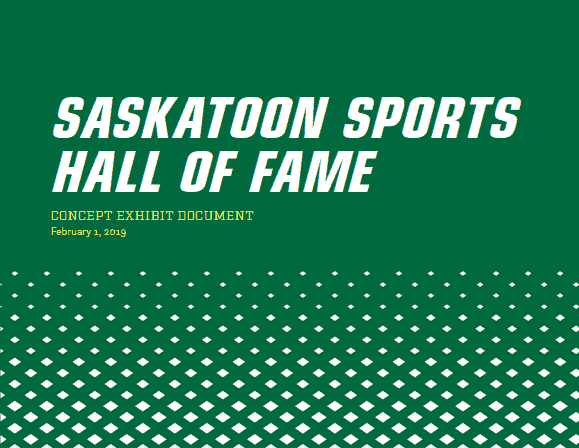

Saskatoon Sports Hall of Fame Interpretive Plan
Conducted a workshop and research to develop an interpretive storyline and preliminary design concept to support the SSHF in a move from a minimal presence of pictures on the wall at the Saskatoon Field House to 3600 square feet of space at the new Gordon Howe Sports Centre. The interpretive plan is currently being used to fuel a capital fundraising campaign.
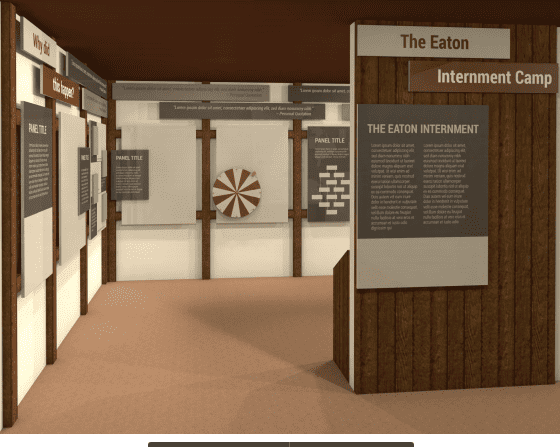

Eaton Internment Exhibit Conceptual Framework
The Eaton Internment Camp existed outside Saskatoon for 24 days in February and March of 1919. That short time frame is connected to a broader national story of internment of Ukrainians and other ‘enemy aliens’ during the First World War. Double Dare Design and Tall Order prepared a conceptual framework for a new permanent exhibit at the Saskatchewan Railway Museum to share that story with Saskatchewan Residents.
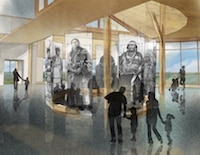

Wanuskewin Heritage Park (with AldrichPears Associates)
WebsiteFollowing our 2013 Master Plan, Wanuskewin undertook a capital campaign that is now complete. Exhibit design and story development is underway for 4000 square feet of new exhibits as part of the organization’s expansion and renovation. I am honoured to contribute content development to this important and spiritually nourishing project.
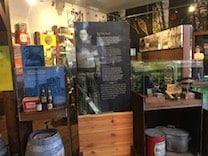

Fernie Museum & Archives Exhibit Refresh (with DoubleDare Design)
WebsiteAs Fernie Museum exhibits hit their five-year birthday, we were delighted to be asked to come back to make a few updates and additions. Some new digital story kiosks were added, as well as some new bios of Fernie Boosters and refreshed artifact cases. Congrats Fernie! Your museum looks fantastic!
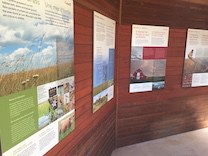

Last Mountain Lake NWA and MBS
After delivering a full Interpretive Master Plan in 2016, we have been working with Last Mountain Lake to implement our recommendations as their budget allows. In 2017 we provided new interpretive panels for their visitor information centre as part of Canada’s 150th. We also completed new self-guided trail guides for the Grassland and Wetland Trails.
Fort Walsh Visitor Reception Centre
Fort Walsh Visitor Reception Centre
Parks Canada has engaged AldrichPears Associates and Tall Order Communications to provide a concept and design for new exhibits for the Fort Walsh VRC. The design is part of a design-build project, involving 3DS Interactive Exhibit Fabricators. The new exhibit, the first upgrade since the building opened 40 years ago, will open in September 2017.
Last Mountain Lake NWA and MBS
Last Mountain Lake NWA and MBS
The first phase of implementation of 2016’s interpretive plan for Last Mountain Lake NWA and MBS is the design of eight new moveable interpretive panels that will begin their life cycle in the existing exhibit kiosk at the north end of Last Mountain Lake. When the new interpretive kiosk is built in the next two years, these panels will be used on the portable trailer that will be used for educational programs. Tall Order partnered with Kiko Communication Design to write, design and create print-ready files for production.
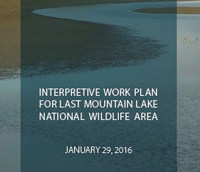

Last Mountain Lake National Wildlife Area and Migratory Bird Sanctuary Interpretive Plan
Lead consultant on a team of exhibit designers, landscape architects and ecologists engaged to conduct a visitor experience plan to increase visitation and engagement of Canadians with nature at National Wildlife Areas.
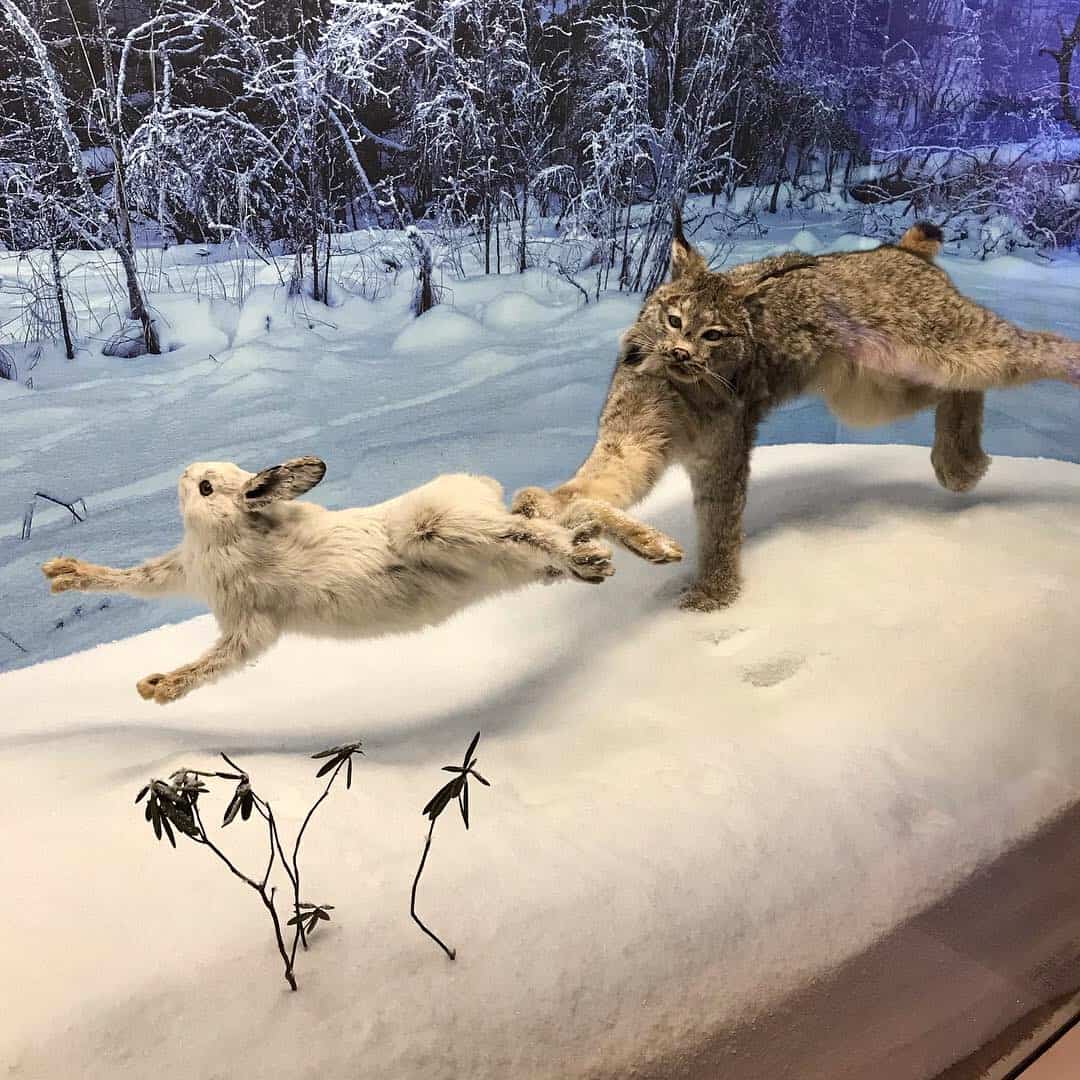

Royal Alberta Museum
WebsiteInterpretive text writing for four natural history galleries: Bugs, Wild Alberta, Changing Landscapes, and Gems & Minerals. The new museum opened in October 2018.
Western Development Museum Funeral Home Exhibit
Western Development Museum Funeral Home Exhibit
Guest curator at the Western Development Museum to develop the story, recommend artifacts and provide interpretive writing for a new exhibit for Western Development Museum’s 1910 Boomtown.


Dinosaurs Unearthed ‘Creatures of the Deep’ Exhibit
WebsiteWriting of interpretive text for 30 animatronic specimens and three interactives for a traveling exhibit on modern, extinct and mythical sea creatures, first opening at Sea World Gold Coast in Australia.
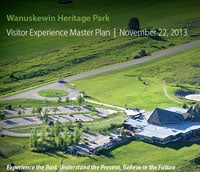

Wanuskewin Renewal Project (with AldrichPears Associates)
WebsiteSaskatoon, Saskatchewan Research and interpretive planning for a business and concept plan for Wanuskewin Heritage Park. The report will be key to Wanuskewin’s fundraising efforts and will drive future plans and designs.
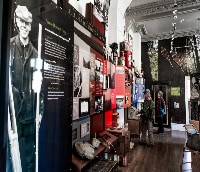

Fernie Museum and Archives (with Double Dare Design and Beebox Design)
WebsiteFernie, British Columbia Research, interpretive planning and writing for new exhibits in the Fernie Museum’s new building.
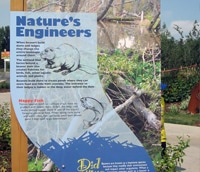

Edmonton Valley Zoo, “The Wander” (with Studio Hanson Roberts)
WebsiteEdmonton, Alberta Research, interpretive planning and writing for a new entry sequence to the Edmonton Valley Zoo. The Wander is an experiential introduction to the zoo, placing visitors first squarely in their own parkland habitat, and allowing them to draw connections between where they live and other parts of the world.


Saskatoon Forestry Farm Park & Zoo Discovery Centre (with Van Alstine Exhibit Associates)
Saskatoon, Saskatchewan Research, interpretive planning and writing for a new discovery centre that tells the history of the Saskatoon Forestry Farm Park & Zoo, a National Heritage Site and the only accredited zoo in Saskatchewan.
Stonebridge Special Use Park Master Plan and Interpretive Plan (with Stantec)
Stonebridge Special Use Park Master Plan and Interpretive Plan (with Stantec)
Partnered with landscape architects in Saskatoon, Saskatchewan to provide interpretive planning as part of an award-winning park development plan. The park has a remnant of the original Moose Jaw Trail running through it, so part of park development includes commemorating and interpreting the heritage of the trail.
City of Saskatoon Third Avenue Interpretive Plan
City of Saskatoon Third Avenue Interpretive Plan
Saskatoon, Saskatchewan Research and interpretive planning to incorporate heritage elements into the Third Avenue Streetscape project in Saskatoon. 2009
Meewasin Valley Centre (with AldrichPears Associates)
Meewasin Valley Centre (with AldrichPears Associates)
Saskatoon, Saskatchewan Participated in concept development for a new Meewasin Valley Centre.
Confederation Centre of the Arts Interpretive Plan (with Form:Media)
Confederation Centre of the Arts Interpretive Plan (with Form:Media)
Charlottetown, PEI Conducted workshops and research to determine how and where to best tell the story of Confederation and the history of the Confederation Centre of the Arts in various locations throughout the CCOA building.
Mi’kmaq Confederation of Prince Edward Island Interpretive Concept (with Form:Media)
Mi’kmaq Confederation of Prince Edward Island Interpretive Concept (with Form:Media)
Summerside, PEI Research and interviews were conducted to determine the feasibility of a Mi’kmaq cultural centre in PEI. The project culminated in a concept document that recommended a phased approach that succeeded in telling the story of the Mi’kmaq culture, collecting stories from the Mi’kmaq people themselves, and building capacity within MCPEI to run a sustainable cultural centre.
500 Lots Interpretive Program and Signage Project (with Form:Media)
500 Lots Interpretive Program and Signage Project (with Form:Media)
Charlottetown, PEI Developed the interpretive components within a comprehensive signage project for downtown Charlottetown.
San Bernardino County Museum Hall of Geological Wonders (with Platypus Museum Planning)
San Bernardino County Museum Hall of Geological Wonders (with Platypus Museum Planning)
San Bernardino, California Research and interpretive writing for a 9,500-square foot gallery to be added to the existing San Bernardino County Museum. Exhibits focus on local geology and seismology and their influences on the landscapes and paleo-environments in the region.
Saskatoon Pumphouse Feasibility Study (with AldrichPears Associates)
Saskatoon Pumphouse Feasibility Study (with AldrichPears Associates)
Saskatoon, Saskatchewan Research, interviews, content development and writing for a study on a historic remnant of Saskatoon’s riverfront.
River Landing Interpretive Project (with AldrichPears Associates)
River Landing Interpretive Project (with AldrichPears Associates)
Saskatoon, Saskatchewan Research, content development and interpretive writing for the first key feature of the River Landing development in Saskatoon.
Saskatoon Forestry Farm Park & Zoo Interpretive Plan
Saskatoon Forestry Farm Park & Zoo Interpretive Plan
Saskatoon, Saskatchewan Prime consultant for the development of a plan incorporating heritage elements at the Forestry Farm Park & Zoo Historic Site with existing park and zoo activities.



